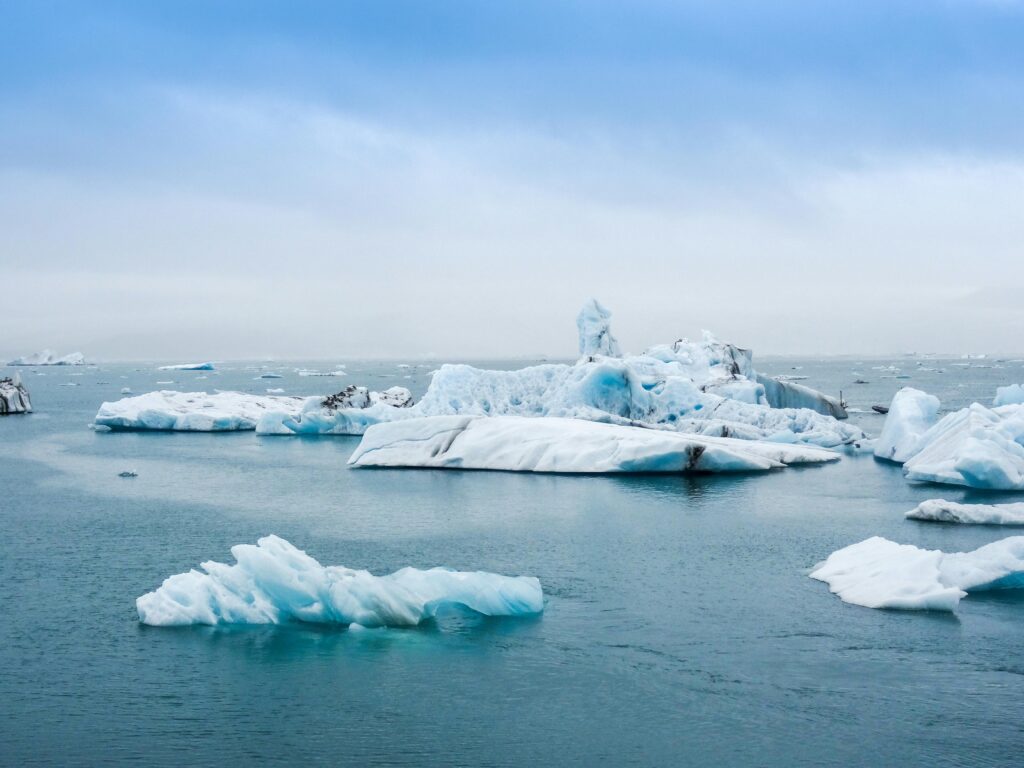Summary: Arctic fjord carbon sequestration is at risk due to cryosphere meltdown, affecting climate regulation and marine ecosystems.

Climate change is accelerating in the Arctic, threatening vital marine ecosystems, according to a recent study by UiT The Arctic University of Norway. The research reveals that Arctic fjords, once strong carbon sinks, face challenges that may reduce their capacity to absorb atmospheric carbon. This poses risks to local marine life and global climate mitigation efforts relying on natural carbon sequestration.
The Crucial Role of Arctic Fjords in Carbon Sequestration
Arctic fjords such as Kongsfjorden in Svalbard absorb large amounts of carbon dioxide from the atmosphere, helping regulate the climate. The study led by Jochen Knies shows that melting ice is dramatically reshaping these fjord ecosystems. Phytoplankton, microscopic ocean plants foundational to marine food webs, thrive as melting ice allows more sunlight to enter. However, despite increased phytoplankton biomass, the fjords’ carbon sequestration impact is showing signs of decline.
Phytoplankton Dynamics: A Double-Edged Sword in a Warming Arctic
Phytoplankton play a key role in cycling carbon and supporting marine life. As Arctic ice melts, these microorganisms initially prosper due to increased sunlight. But warming waters lead to stratification, restricting nutrient supply to surface waters. This stratification creates a paradox: more phytoplankton but less efficient carbon sequestration. The study highlights that these changes threaten the balance sustaining Arctic fjord ecosystems and their carbon sequestration impact.
Ecosystem Transformation and Nutrient Supply Concerns
Glacial meltwater, once a reliable nutrient source, is now unpredictable as glaciers retreat. This disrupts nutrient flows, undermining marine ecosystem stability and potentially reducing fishery productivity. The inconsistent nutrient input can alter the Arctic food web and reduce ecological sustainability. These changes demonstrate the broad consequences of the cryosphere meltdown on natural environments and industries dependent on Arctic fjords’ carbon sequestration impact.
Business and Climate Opportunities in a Changing Arctic
Despite challenges, the study identifies opportunities for innovation and sustainable development. Businesses focused on climate adaptation and marine resource management can help monitor, preserve, and restore Arctic ecosystems. Investing in technologies that enhance carbon sequestration or support resilient biodiversity offers pathways for green growth. Protecting Arctic fjords is crucial to maintaining their carbon sink function and reinforcing global climate mitigation efforts.
The Arctic as a Climate Indicator and Call to Action
The Arctic serves as a global climate barometer, revealing wider environmental changes. Jochen Knies stresses the urgent need to respond to these shifts, noting the future of Arctic fjords reflects global climate challenges. Prioritizing research, conservation, and sustainable business strategies can help counter the decline in Arctic carbon sequestration impact. The Arctic’s condition provides important lessons and opportunities to advance effective climate solutions worldwide.
Source: Science Daily
